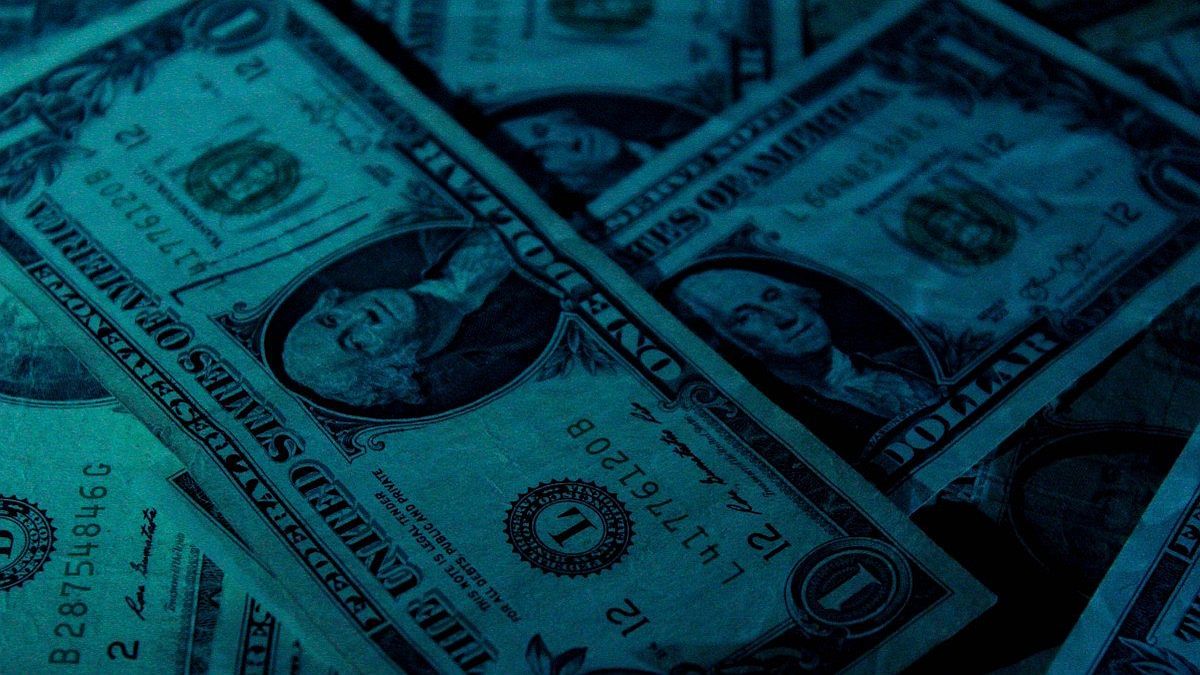. – Correct, also immersed in a sea of rumours. Soybean and corn futures fell on Friday, amid rumors of a special dollar for all export products. It has not been more than a rumor, but with a negative impact on the pocket of the producer.
What is known about the import tax?
. – I think this has a certain basis because many companies have stopped marketing products a week ago, due to the imminent announcement of this tax.
Would this hurt the field?
. – There is a rumor indicating that, if the tax on imports rises, the withholdings on raw materials will be reduced. It is still a rumor, of the many that are on the market.
How much should the withholdings be lowered so that it does not affect the economic equation of the producer?
. – Withholdings should drop no less than 10%.
What does our friend Mustache say?
. – He is happy, he followed our advice and has bought supplies for two campaigns. I never pay for these inputs, he got into debt in pesos at very low rates. On the other hand, as every good farmer has soybeans and corn saved, if the withholdings drop something will sell. The flow of funds asks for pesos every month.
How did you see the dollar this week?
. – The blue dollar ended at $522 and the cash dollar with settlement at $540. The MEP dollar is the most backward (intervened) at $485. The Qatar dollar is at $554 and that is where the prices are going to align. We believe that the target price is going to be around this level.
How do you see the topic reserves versus monetary liabilities?
. – Monetary liabilities according to the balance sheet of the Central Bank as of July 7 total $22.7 trillion, if we add the US$ 8,500 million that the IMF disbursed to the government, the IMF gross reserves would be around US$ $S 35.100 million, this would give us an equilibrium dollar of $646. The alternative dollars have room to rise.
Why are monetary liabilities rising so much?
. – For 3 reasons, in the last 12 months the contributions of the Central Bank to the treasury totaled $1.75 trillion, the issuance of the Central Bank for the purchase of public securities added $1.5 trillion, and the payment of interest from the leliq and passes total $7.6 billion.
Is the treasury financed by the Central Bank?
. – Chocolate because of the news, it is difficult to obtain financing in the market, each time they lend you at a higher rate, and the capital market does not have the depth to finance the entire treasury deficit.
So?
. – Do not look for too many laps, pesos are left over and dollars are missing. In a scenario of this type, you should always be aware of an exchange rate jump.
How much was the blue a year ago?
. – Very good question, the blue dollar was between $294 and $315 between the months of July and November of the year 2022. In December of the year 2022 it ended at $348. If the inflation of the year 2023 is located at 130% annually, being optimistic. The blue dollar to show a behavior similar to inflation should be trading at $800 in December 2023.
How did you see inflation?
. – Inflation in June was 6.0% per year, you project 6.0% in 12 months and it gives you 101.0% per year. The fixed term rate is 8.083% per month and the effective rate is 154.2% per year. The inflation rate for the last 12 months is 115.7% per year.
What do you want to tell me?
. – That the fixed term rate is the best investment, the inflation-adjusted fixed term ceased to be profitable with this scenario that he indicated.
Do I have dual bonuses?
. – This month you earned more with the increase in the exchange rate that rose 7.2% than with inflation that rose 6.0%, it is the first time this has happened in this government. The devaluation rate beat the inflation rate.
That see for this month?
. – The wholesale dollar is at $265.14, it is rising at a monthly rate of 6.4%, but if we measure the dollar at the end of June and the future dollar in July, the rise today would give us 9.4%. We believe that we are going to repeat a rise in the devaluation rate above inflation.
Is it a request from the IMF?
. – It is possible, but it is good for the competitiveness of our country.
How is the industry?
. – In the last 12 months, the Industrial Production Index rose 1.1% and the use of installed capacity 17.9%, reaching 59.3%.
What happened?
. – There is a diversity of sectors with very dissimilar behaviour. The automotive industry is working at full capacity, as is oil refining, but other sectors are in the doldrums.
How do you see the industry in the last 5 years?
. – In 5 years the Industrial Production Index fell 1.0%, this is due to the fact that in 2018 the industry had to live with the drought of that year, then with the pandemic, then the recovery from the pandemic and currently with a new drought. In this context, there are many sectors with lower production and a drop in installed capacity.
What effects does it have on the economy?
. – When you produce less, the structure costs rise, and that determines higher prices in the economy. Let’s remember that you have an oligopolistic structure in many sectors, where the industry can transfer higher costs to prices due to a lack of internal and external competition.
So?
. – Opening the market to competition, incentivizing investments via tax benefits, making the labor market more flexible, offering soft loans with the aim of expanding production and maintaining jobs may be the measures to be taken. Ideally, all this can be carried out in an economic program that reduces the fiscal deficit and the Central Bank stops issuing money.
conclusions
. – We are going to an agreement with the IMF, the market should read it as positive, but it must be remembered that the shares rose too much, and that the bonds are late. The victory of Juntos por el Cambio in Santa Fe should help the bonds rise.
. – It would seem that there are more possibilities of capturing value in the cedears of American shares than in Argentine shares. The Vista stock presented a bad balance, you should not hit anyone on the floor, it is a good company, all low, slowly it will be a buying opportunity.
. – We continue to recommend the purchase of negotiable obligations for those who want to dollarize portfolios, without ringing the bell of the Central Bank directly.
. – It is necessary to buy negotiable obligations and promissory notes adjusted per linked or wholesale dollar, a victory of the opposition could reduce the gap, and this would leave great profits for those who invest in the medium term. With these instruments, you buy a dollar at a wholesale price and in 2 to 3 years they will return the equivalent of a market dollar. If the next government eliminates the negotiation gap in 2 to 3 years, you will earn almost 100% in dollars.
. – Sovereign public securities, if they fall, are a buying opportunity. Especially long bonds.
. – The surety rate at 87% per year or effective rate of 131.6% per year is very low compared to the potential of businesses tied to the dollar such as sovereign bonds, negotiable obligations to the MEP dollar or promissory notes and negotiable obligations adjusted to the dollar linked or wholesale.
. – 12-month inflation could be above 180% per year, if the new president decides to adjust relative prices in the economy, all financing with a lower rate is beneficial.
. – Let’s hope to put an end to the rumors, that there is an agreement with the IMF and that economic volatility moderates. There is value in the market to do good business.
Source: Ambito
David William is a talented author who has made a name for himself in the world of writing. He is a professional author who writes on a wide range of topics, from general interest to opinion news. David is currently working as a writer at 24 hours worlds where he brings his unique perspective and in-depth research to his articles, making them both informative and engaging.




